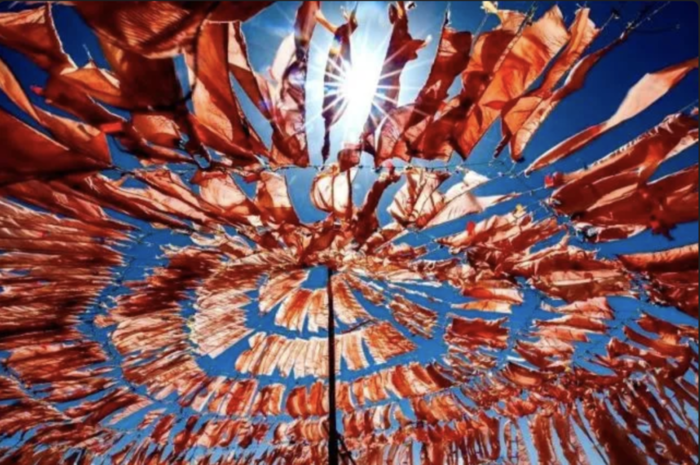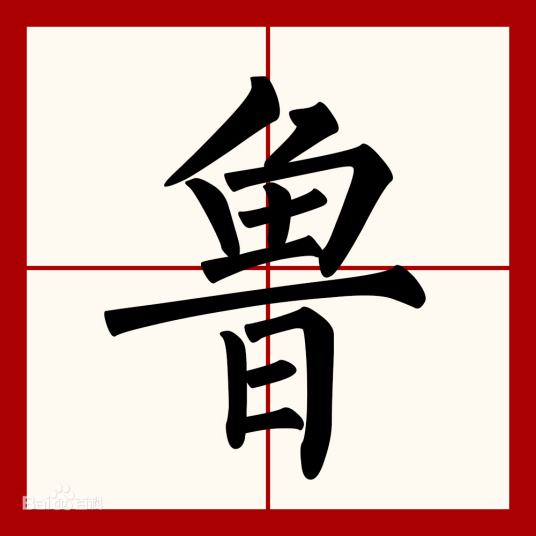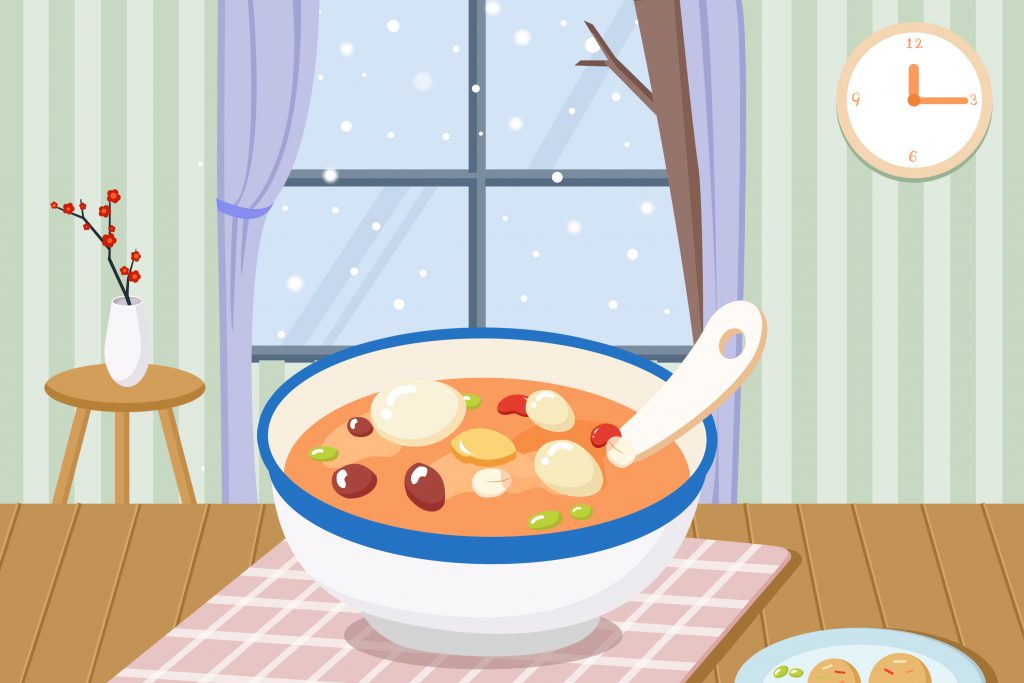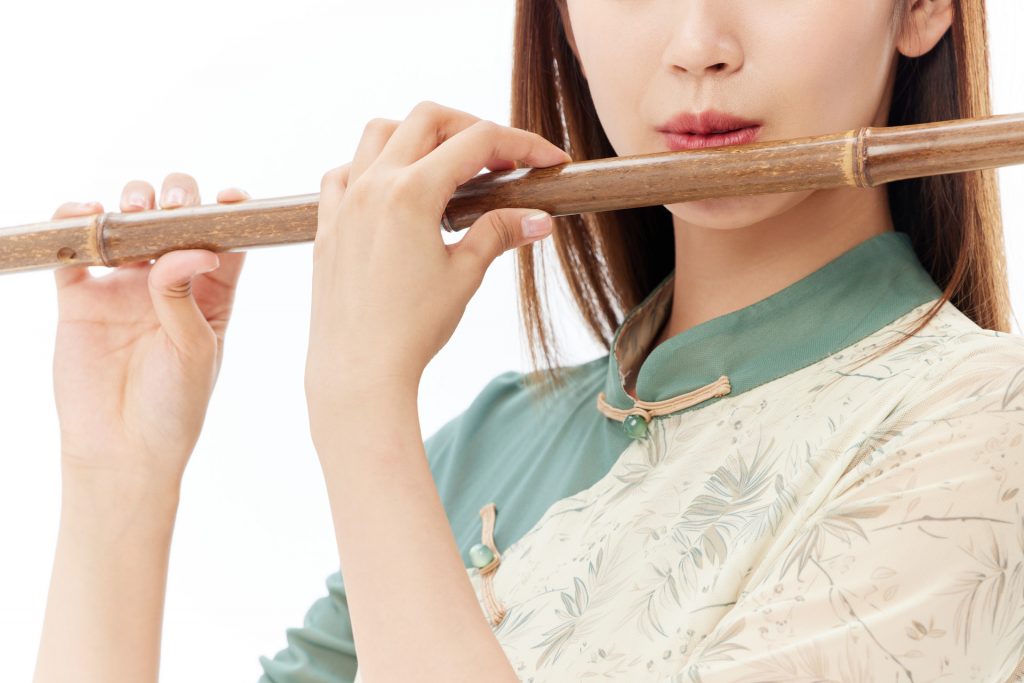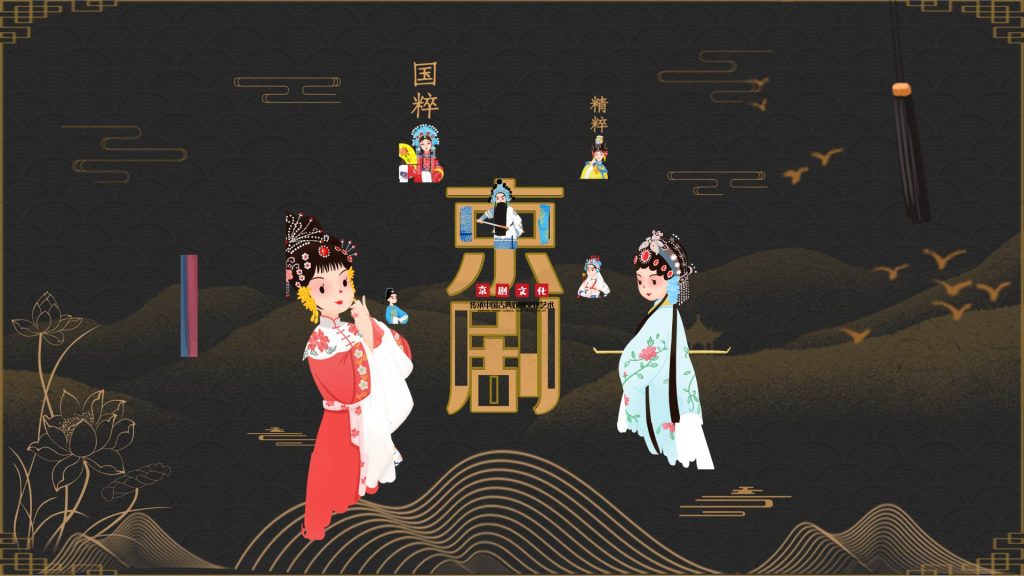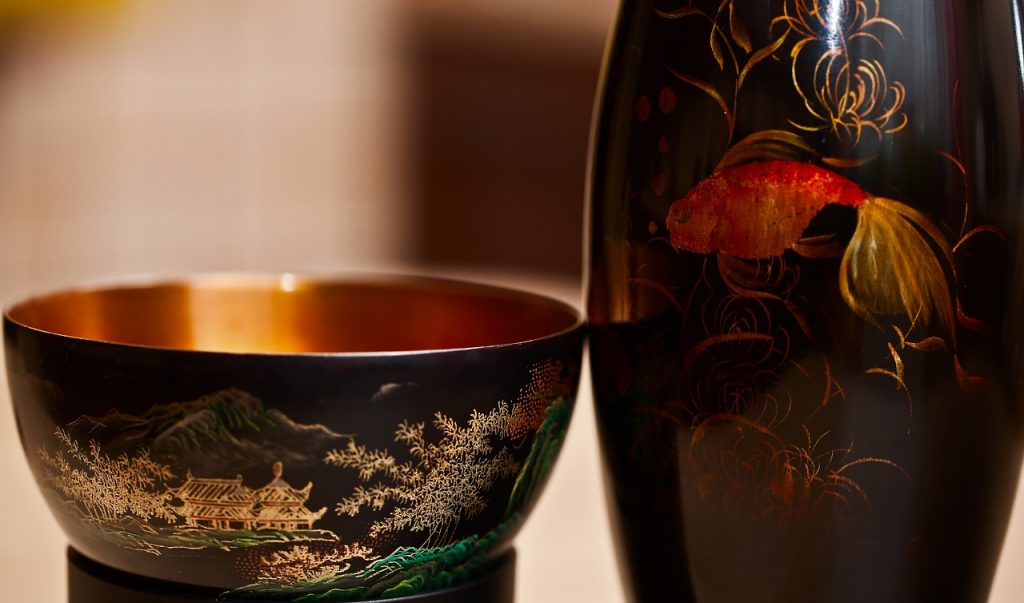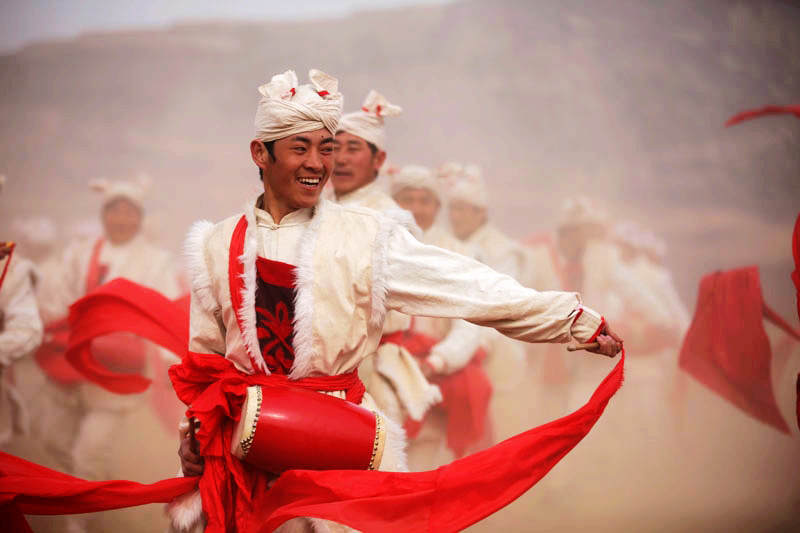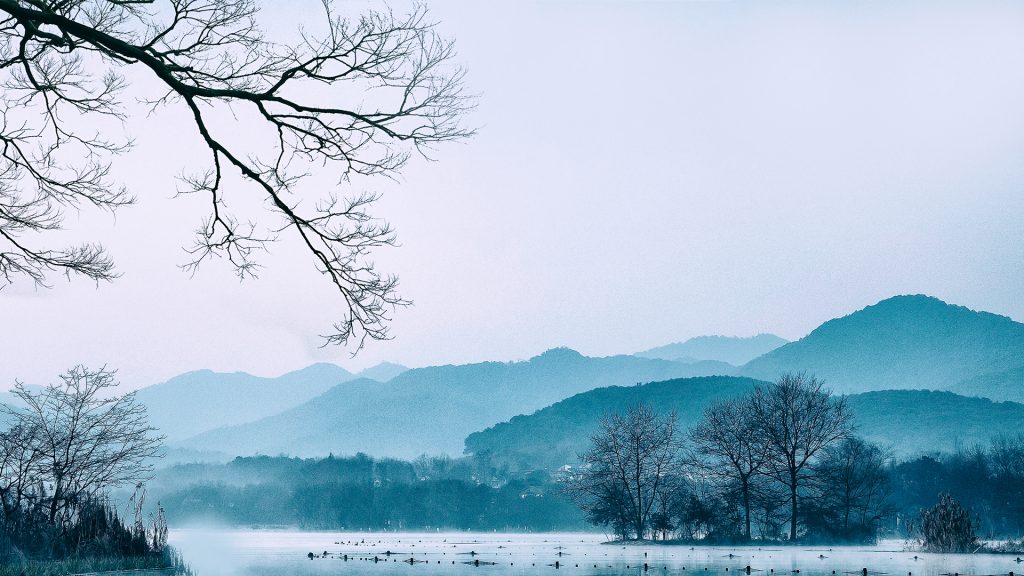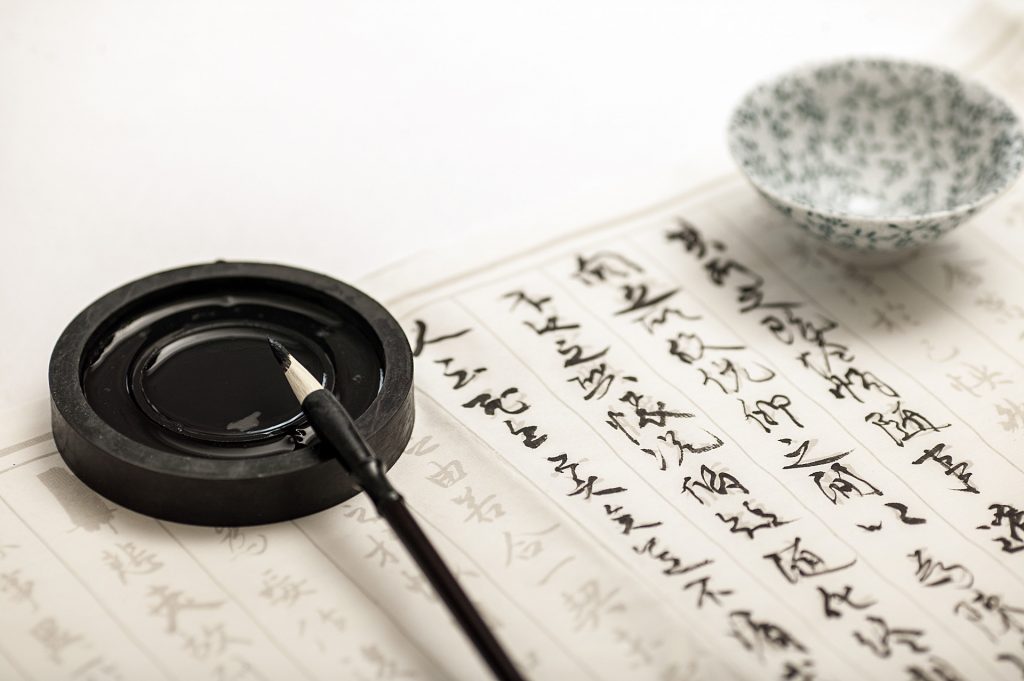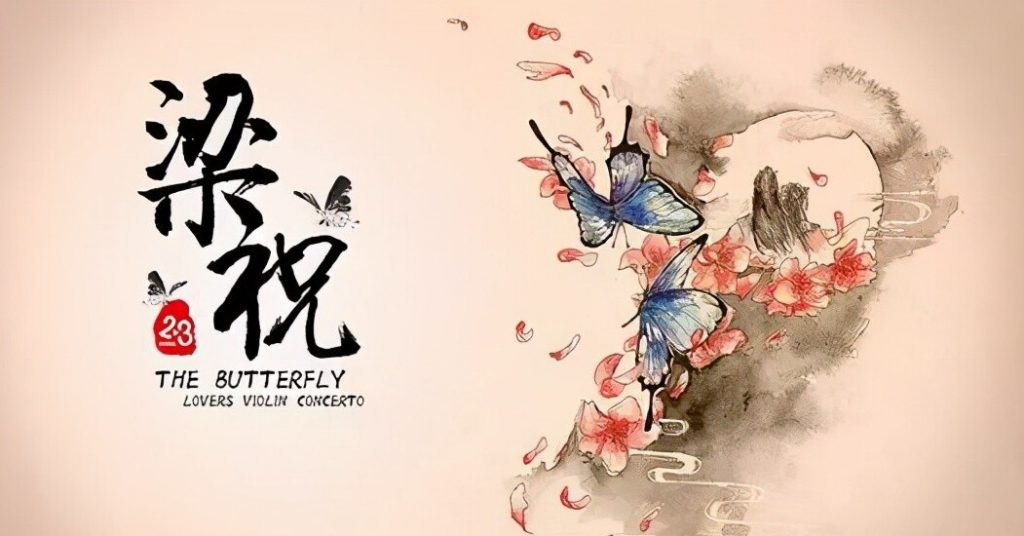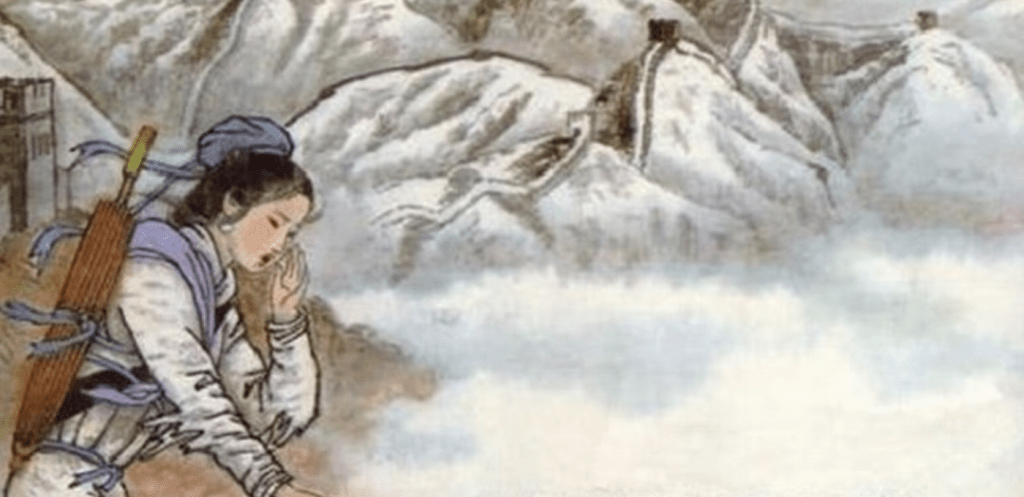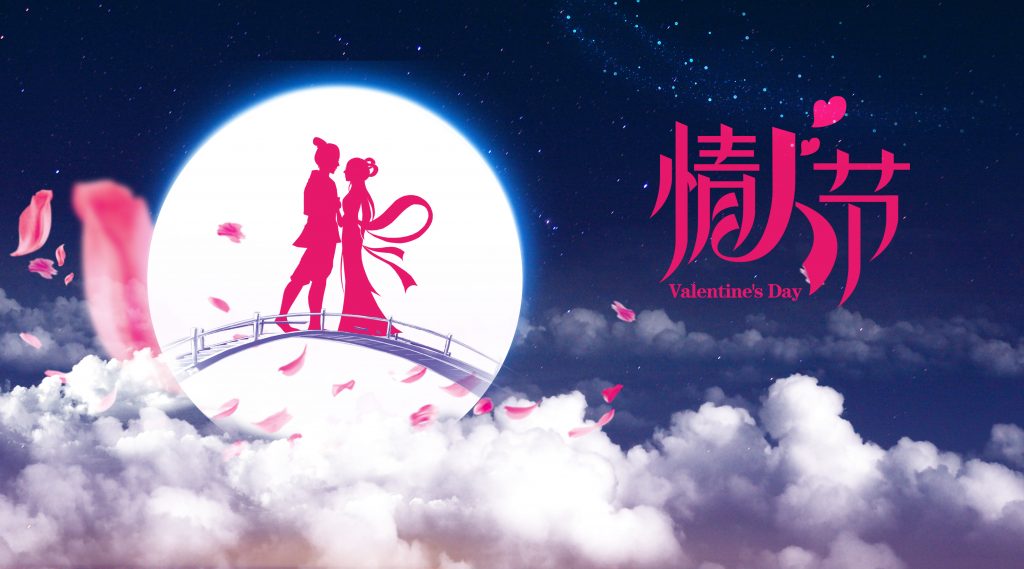Chinese Culture Arts Festivals
Why Tibetans carry out celestial burial?
Why Tibetans carry out celestial burial?
I went to Tibet many years ago and had a chance to witness the celestial burial. I would like to talk about my understanding to celestial burial. The usual interpretation about the celestial burial is described below. “Celestial burial is a folk custom of Tibetans. All Tibetans believe in Tibetan Buddhism, and they regard it as their greatest wish to ascend to heaven after death.” “Vultures used for celestial burial are regarded by Tibetans as divine birds, which can take people’s souls to heaven.”
Tibetan Water Burial Ceremony
Tibetan Water Burial Ceremony is an ancient way of burying corpses. In Tibetan areas of China, water burial has a deep historical origin and is widely spread. Even today, with the rapid development of modern civilization, water burial is still popular. Based on the analysis of the origin, our modern Chinese strive to interpret the special funeral culture of water burial in an all-round way.
Read MoreHow the Chinese celebrate the Laba Festival?
The Laba Festival is a traditional Chinese holiday celebrated on the eighth day of the twelfth month of the lunar Chinese calendar. “La” represents the 12th lunar month,and “ba” means the number eight. Laba Festival is originated from the Chinese ancient harvest celebrations. It is a kind of ritual to thank to ancestors and gods. In addition to worship ancestors the activities, there also remains also a custom in the HuNan province of Chinaa, people beat drums to drive away the evils and sickness. People believed the witchcraft, a magic power, so the people beat drums to drive away the evils and sickness.
Read MoreTraditional Chinese Bamboo Flute
Traditional Chinese Bamboo Flute, Story of Chinese Bamboo Flutes. Bamboo Flute instrument Basic Structure. Famous Bamboo Flute Artists and Schools in China. How to play the bamboo flute? How to choose a bamboo flute instrument?
Read MoreHow to understand Chinese 24 solar terms?
Solar terms originated in China, then spread to Korea, Vietnam, and Japan, countries in the East Asian cultural sphere. Although each term was named based on the seasonal changes of climate in North China Plain, peoples living in the different climates still use it with no changes.
Read MoreBrief introduction of Peking Opera to help you understand Chinese
There are two spelling for “Peking Opera” , traditional Chinese 京劇 and simplified Chinese 京剧. Its literal meaning is Capital drama. Beijing opera arose in Beijing in the middle of the 19th century. It was based on the combination of Anhui opera and han opera, absorbing some merits of other local artistic forms. Peking opera is a performance art incorporating singing, reciting, acting, martial arts. The opera performances were mainly practiced in Beijing, Tianjin and Shanghai.
Read MoreSomething you need to know before starting to learn Chinese painting
As one of the oldest artistic traditions, Chinese painting is still popular and continuous at present not only in China but also in the world. Chinese panting is known as guóhuà (simplified Chinese: 国画), meaning “national” or “native painting”, instead of Western styles of art which came to China in the 20th century.
Read MoreAnsai Waist Drum Dance
In the cultural center of Ansai county, there is a bric of the waist drum dance portrait from the Song Dynasty on display, which was unearthed in northern Shanxi. The portrait vividly shows the waist drum performance at that time. As time goes by, the waist drum dance is no longer an activity for military purposes, but a folk dance of the local people for the purposes of worshipping the deity, praying for a good harvest and celebrating the spring festival.
Read MoreNon copy right Asian Style Background Music
Non copy right Asian Style Background Music
Read MoreLearn Chinese through Songs
Pan XiaoFeng is a native Chinese pop singer, born in 1972 and raised in JiLing province of China. Pan XiaoFeng became well-known after his first CD album “Western Dao Lang” was released. His CD album used the same name “Dao Lang” as another Chinese pop singer, which had caused an uproar and lawsuit.
Read MoreTop Four Chinese Folk Love Stories 4/4
The romantic legend of the white snake originated from the areas of Jiangsu and Zhejiang provinces. Known to every household, it ranks among the four folklores which are most famous in China. The legend of the white snake originated over 1000 years ago in the northern Song Dynasty, telling a love story about Bai Suzhen, a beautiful lady who was actually a white snake, and a young man called Xu Xian. Read more
Read MoreTop Four Chinese legendary stories 3/4
The butterfly lovers is a Chinese legend which tells a tragic love story between a pair of famous lovers, Liang Shanbo and Zhu Yingtai. Their love story is considered as the Chinese version of Romeo and Juliet.
Read MoreTop Four Chinese legendary stories 2/4
Being one of the four greatest love legends in ancient China, the story of Men Jiangnv has been told all around China over the past generations. The legend of Men Jiangnv, with a history of more than 2000 years, has gone through a series of evolution, which has led to a tale having an ever-enriching plot.
Read MoreTop four Chinese legendary love stories 1/4
All four Chinese love legends have tragic ending . What on earth is love that makes lovers vow to stick together in life and death? When you take a look at some of the most famous Chinese stories about love, whether from history literature myths or legends, there’s a lot of death going on, but it’s romantic, don’t everyone want to live and die with the one- day love. I am sorry I don’t want to be Romeo and Juliet, I want to live, I mean I would want her to live too, I just want to live. Anyway, here are four of the most famous stories about love throughout Chinese history.
Read More
